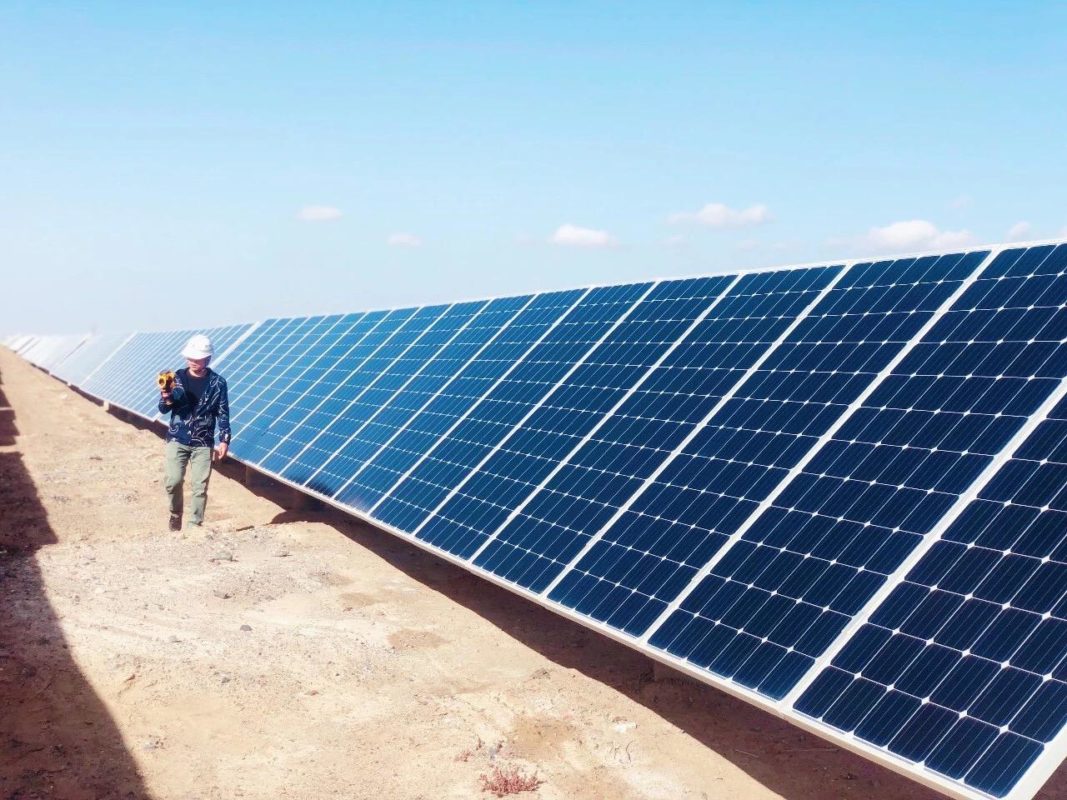
Chinese solar manufacturing giant LONGi has signed a long-term supply agreement with silicon metal mining and production company Ferroglobe PLC.
Effective from 1st January 2024, under the agreement Ferroglobe will supply LONGi with metallurgical grade silicon (MGS) and high-quality quartzite. These are the upstream components of the solar supply chain which are then used to make polysilicon, ingots, wafers, cells and modules.
Unlock unlimited access for 12 whole months of distinctive global analysis
Photovoltaics International is now included.
- Regular insight and analysis of the industry’s biggest developments
- In-depth interviews with the industry’s leading figures
- Unlimited digital access to the PV Tech Power journal catalogue
- Unlimited digital access to the Photovoltaics International journal catalogue
- Access to more than 1,000 technical papers
- Discounts on Solar Media’s portfolio of events, in-person and virtual
Or continue reading this article for free
LONGi said that the deal will support its strategy to “increase purchases from the leading Western suppliers of silicon materials.”
PV Tech has contacted LONGi to ascertain the capacity and duration of the deal, and to confirm which of Ferroglobe’s metallurgy facilities will produce the products. According to its website, the company has production facilities in the US, southern Europe, Scandinavia, South Africa, South America and one in Northern China.
Last month, polysilicon market analyst Bernreuter Research published data showing that polysilicon imports to China had fallen to their lowest level since 2011 – mostly due to PV manufacturers’ decisions to move certain operations to Southeast Asia to comply with US import laws, resulting in non-Chinese polysilicon heading there rather than to China.
The same report found that the volume of polysilicon shipped from China to Southeast Asia had increased by more than 700% from 2022 to 2023. Head of Bernreuter Research, Johannes Bernreuter said that this statistic: “raises doubts about the claims of a separate supply chain and should sound alarm bells at the [US] Customs and Border Protection (CBP).”
Earlier this week, LONGi chairman Zhong Baoshen publicly called for the Chinese government to crack down on the sustained low price of solar modules, describing the purely cost-based bidding process often pursued in China as “unsustainable”.
‘Dust-proof’ module launch
Also this week, LONGi launched its new Hi-MO X6 Guardian module at the Smart Energy Conference in Sydney, Australia.
Designed for the corporate and industrial (C&I) market, the module uses LONGi’s hybrid passivated back contact (HPBC) cells, which it says can exceed 25.5% conversion efficiency. The module’s maximum output is 590W, with a size of 2,281mm x 1,134mm.
The module is apparently optimised to reduce dust build-up, which is a common problem in Australia’s arid regions. On the module’s shorter edges, its frame allows water to run directly off its surface where it meets the glass, preventing dust from accumulating.
The company said that the Guardian module comes in at around AU$0.30 ($0.20)/watt.
